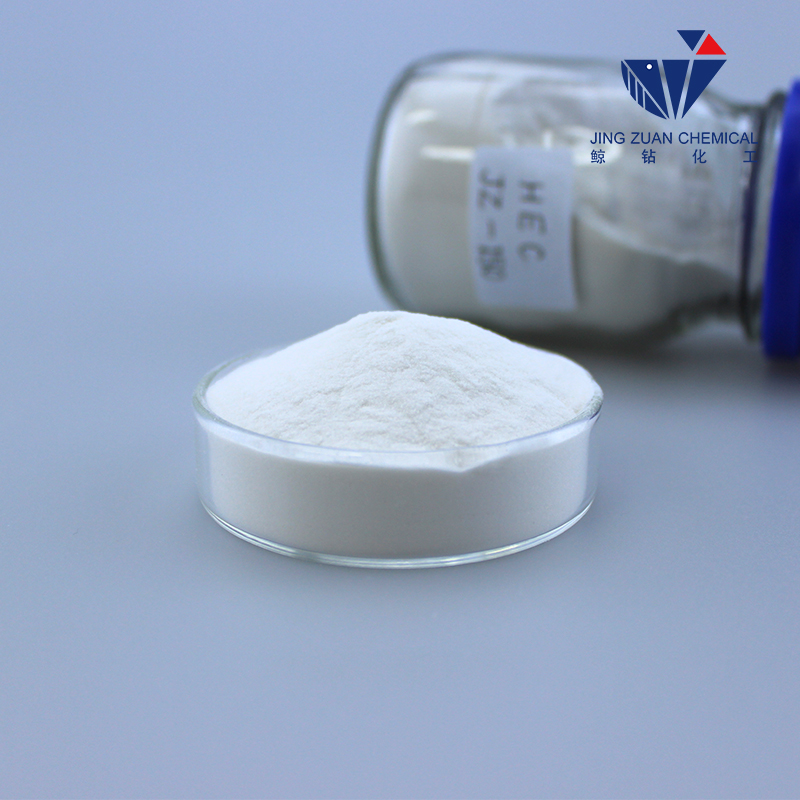
Янв . 01, 2025 01:08 Back to list
Exploring the Performance and Applications of HPMC Grades in Various Industries
Understanding the Grades of HPMC A Comprehensive Overview
Hydroxypropyl Methylcellulose (HPMC) is a cellulose derivative that has gained immense popularity across various industries, including pharmaceuticals, food, cosmetics, and construction. Its versatility and unique properties make HPMC an essential ingredient in many applications. This article delves into the different grades of HPMC, their properties, and the significance of these variations in industrial applications.
What is HPMC?
HPMC is a non-ionic, water-soluble polymer derived from cellulose, a natural polymer found in plant cell walls. The chemical modification of cellulose provides HPMC with unique properties, such as improved solubility, film-forming capabilities, and thickening effects. Due to its biocompatibility and lack of toxicity, HPMC is widely used in pharmaceutical formulations as a binding agent, stabilizer, and emulsifying agent.
Grades of HPMC
HPMC is classified into several grades based on varying degrees of substitution and viscosity, which affect their performance in different applications. Here are some of the most common grades
1. Low Viscosity HPMC This grade typically has a viscosity of 100 to 400 cP (centipoise) and is utilized in applications where a thinner consistency is desirable. Low viscosity HPMC is commonly used as a thickening agent in food products, as well as in personal care formulations such as lotions and creams.
2. Medium Viscosity HPMC With a viscosity range from 400 to 1000 cP, medium viscosity HPMC strikes a balance between viscosity and flow properties. It is often used in the pharmaceutical industry for tablet formulations, providing good binding and disintegration properties. This grade is also popular in construction applications as a thickener in tile adhesives and mortars.
3. High Viscosity HPMC This grade exhibits viscosities greater than 1000 cP and is suitable for applications requiring thicker solutions. High viscosity HPMC is used in applications where a gel-like consistency is needed, such as in viscous suspensions and in controlled-release drug formulations. Its ability to retain water makes it a valuable ingredient in products intended to enhance moisture retention.
grades of hpmc

4. Specialty Grades Beyond the common grades, there are specialty grades of HPMC that have been tailored for specific applications. These may include HPMC grades designed for high temperatures, those with specific gelation properties, and others that are intended for use in specific drug delivery systems.
Factors Influencing HPMC Selection
When selecting the appropriate grade of HPMC for a particular application, several factors should be considered
- Viscosity Requirements The desired viscosity level is one of the primary determinants in HPMC selection. It is essential to choose a grade that meets the flow properties required for the intended application.
- Solubility Different HPMC grades have varying solubility characteristics, which can impact their effectiveness as thickening or binding agents. Understanding the solubility profile is crucial in applications such as pharmaceuticals and cosmetics.
- End Use The specific application plays a critical role in determining the appropriate HPMC grade. For instance, food applications may require HPMC that complies with food safety regulations, while pharmaceutical applications might prioritize biocompatibility and drug release profiles.
- Processing Conditions The manufacturing or preparation conditions can also influence the choice of HPMC. For example, products that undergo high shear rates or significant temperature changes may require specific grades that can withstand such conditions without degrading.
Conclusion
The grades of HPMC provide manufacturers and formulators with a versatile tool to enhance their products’ performance. By understanding the differences in viscosity and properties among the various grades, industry professionals can make informed choices that optimize product formulations for their specific applications. As industries continue to evolve, the importance of selecting the appropriate grade of HPMC will remain paramount in achieving desired performance standards, safety, and regulatory compliance.
-
Versatile Hpmc Uses in Different Industries
NewsJun.19,2025
-
Redispersible Powder's Role in Enhancing Durability of Construction Products
NewsJun.19,2025
-
Hydroxyethyl Cellulose Applications Driving Green Industrial Processes
NewsJun.19,2025
-
Exploring Different Redispersible Polymer Powder
NewsJun.19,2025
-
Choosing the Right Mortar Bonding Agent
NewsJun.19,2025
-
Applications and Significance of China Hpmc in Modern Industries
NewsJun.19,2025







